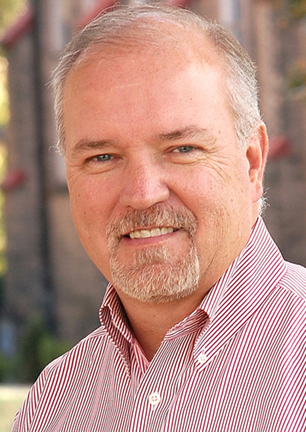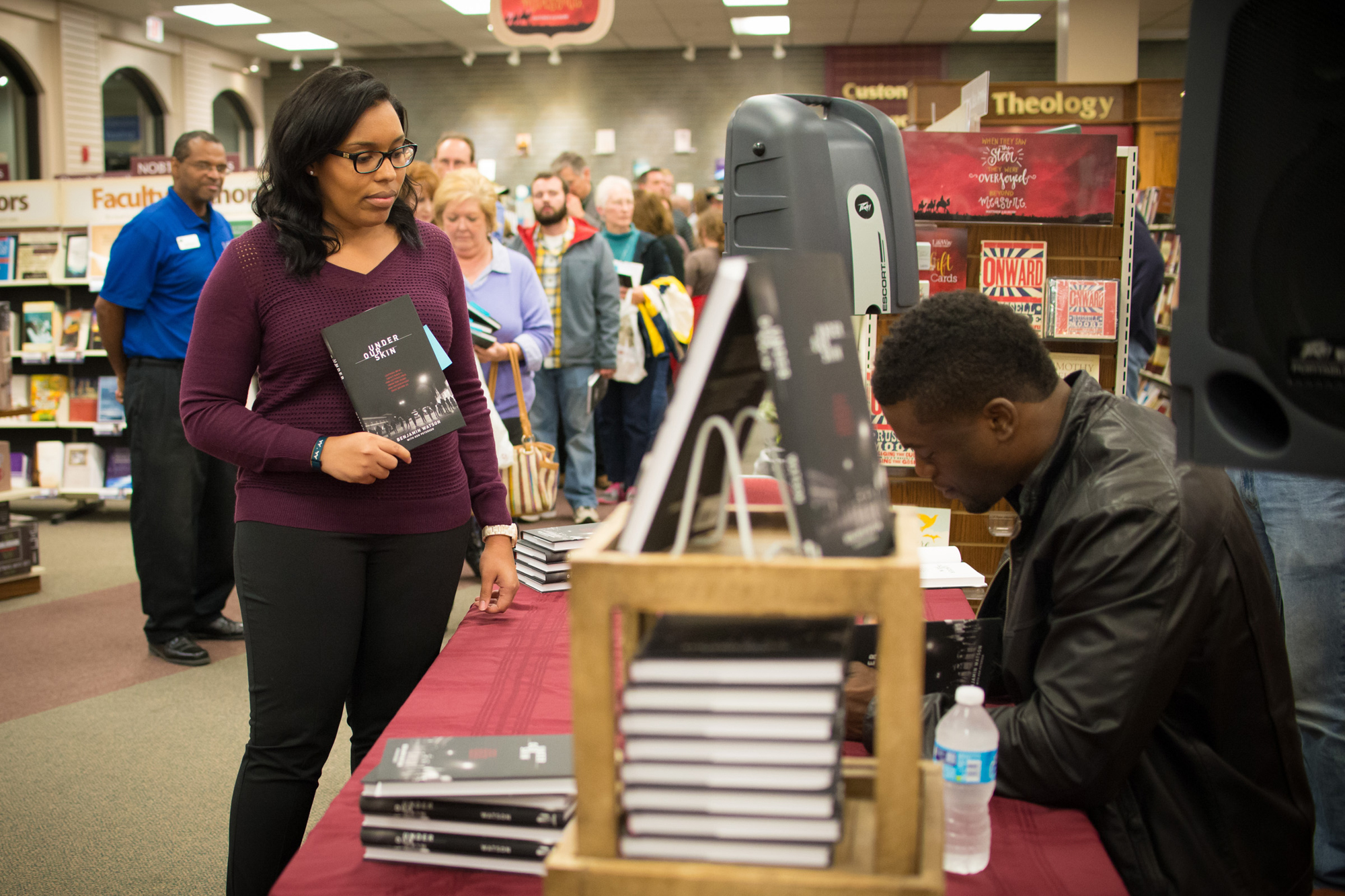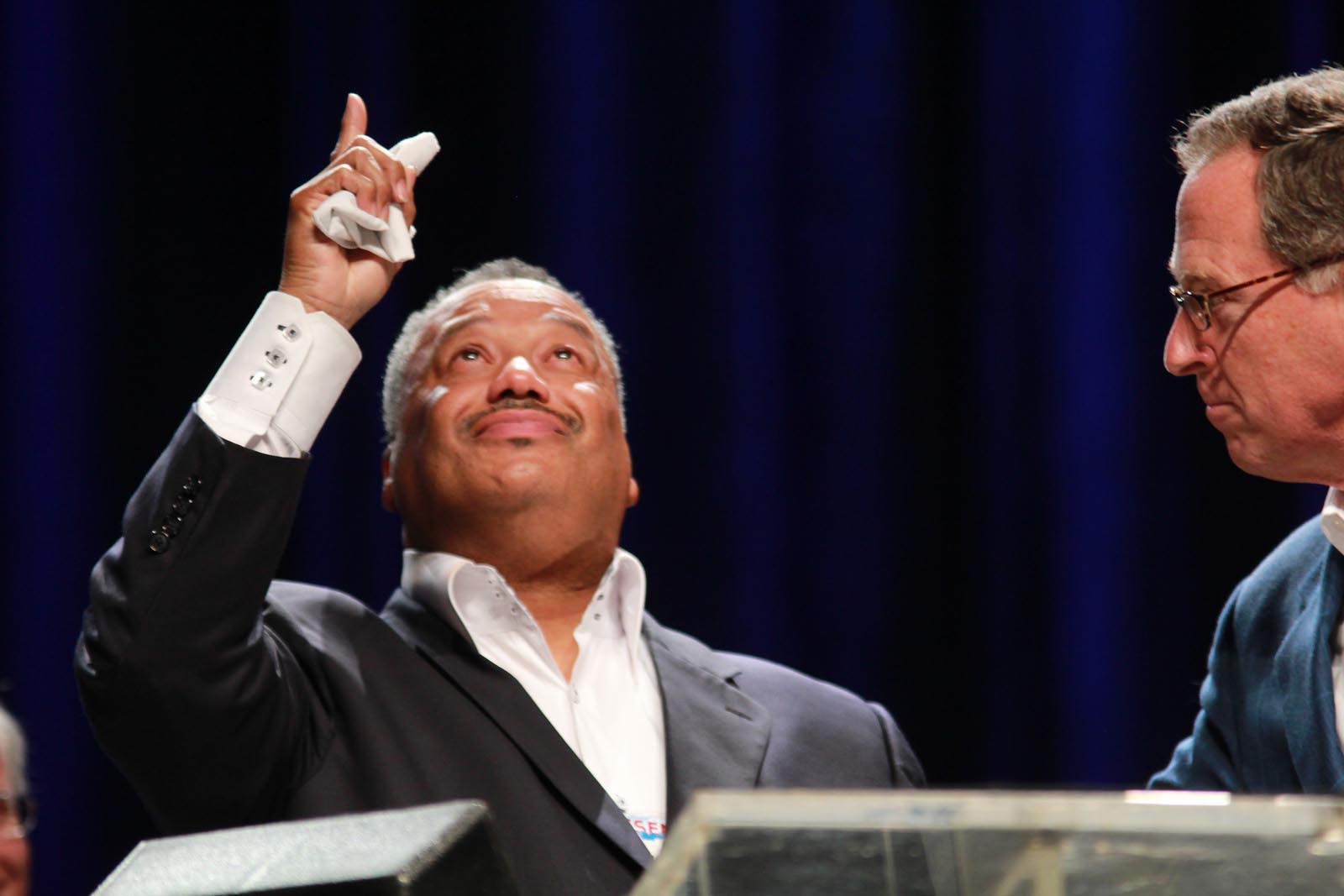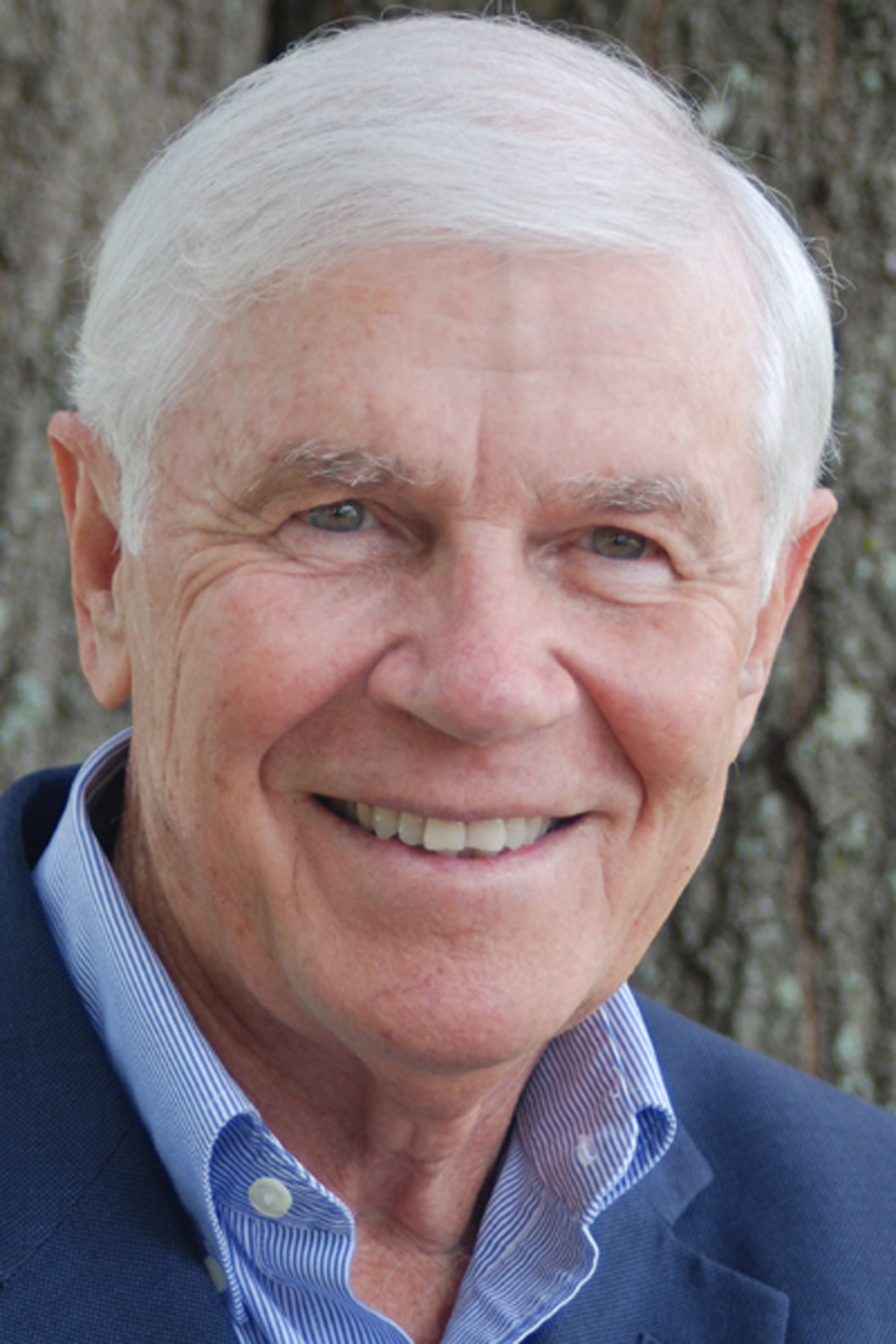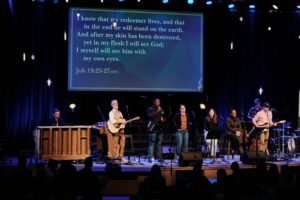
NASHVILLE (BP) — More American churches are multiracial, but still less so than the neighborhoods surrounding them, a new study shows.
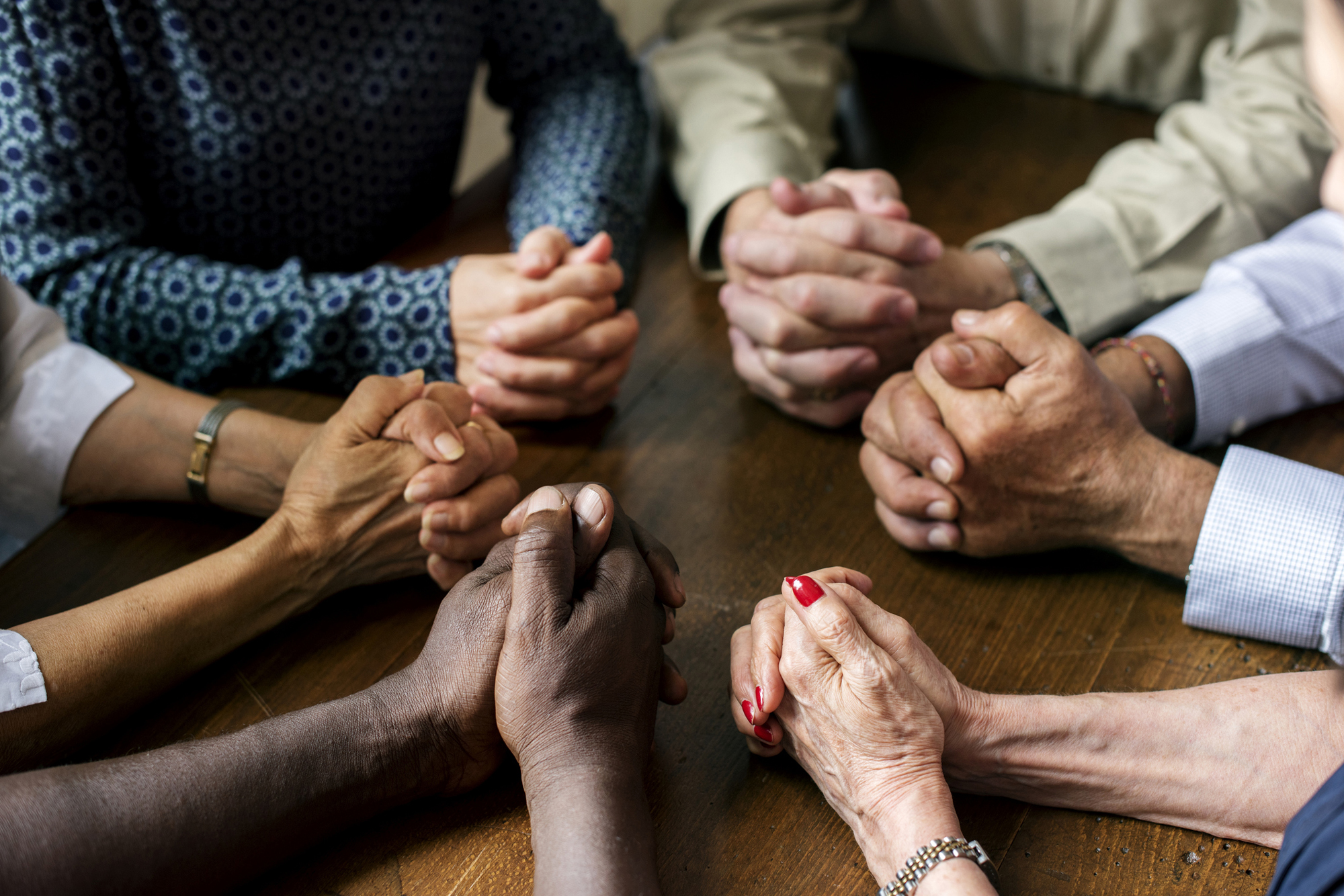 A Baylor University study, released June 20, found the percentage of multiracial congregations in the United States nearly doubled.
A Baylor University study, released June 20, found the percentage of multiracial congregations in the United States nearly doubled.
From 1998 to 2012, the most recent year for which data is available, multiracial churches grew from 6 percent to 12 percent of all U.S. congregations, according to the report. Multiracial congregations are places of worship in which less than 80 percent of the congregants are of the same race or ethnicity.
About 1 in 5 American congregants attend a multiracial congregation, climbing to 18 percent in 2012 from 13 percent in 1998. Catholic churches are the most likely to be multiracial, with about 1 in 4. But Protestant churches are growing more so.
The percentage of multiracial Protestant churches tripled from 1998 to 2012 — 4 percent to 12 percent, the study showed.
This matches a LifeWay Research survey, released in March, that found a similar trend of more Protestant pastors saying their church is racially diverse.
“Churches are looking more like their neighborhoods racially and ethnically, but they still lag behind,” said Kevin Dougherty, associate professor of sociology at Baylor and lead author of the study.
“The average congregation was eight times less diverse racially than its neighborhood in 1998 and four times less diverse in 2012.”
Despite this gap, a 2015 LifeWay Research survey found 67 percent of Protestant churchgoers said their church is doing enough to be ethnically diverse and only 37 percent of white churchgoers said their church needs to become more ethnically diverse.
But monoethnic churches are declining. One-third of churches were composed entirely of one race in 2012. That’s down from nearly half of U.S. churches in 1998.
Minority leadership of multiracial churches has increased, but the majority are still led by white pastors. Seventy-percent of multiracial congregations have a white lead pastor, but those with a black minister have risen to 17 percent in 2012 from 5 percent in 1998.
Black Americans are now the most likely group to worship with whites. In the typical multiracial church in 1998, 22 percent of the members were Latinos and 16 percent were black. By 2012, black members rose to nearly a quarter, while Latinos fell to 13 percent.
The demographic reality is that America is becoming more diverse.
Less than 48 percent of public school students in 2018 will be white, according to projections from the National Center for Education Statistics. That’s down from nearly 55 percent in 2008.
Generation Z, those born since 1998, is the most ethnically diverse generation in U.S. history.
Baylor University is affiliated with the Baptist General Convention of Texas.



